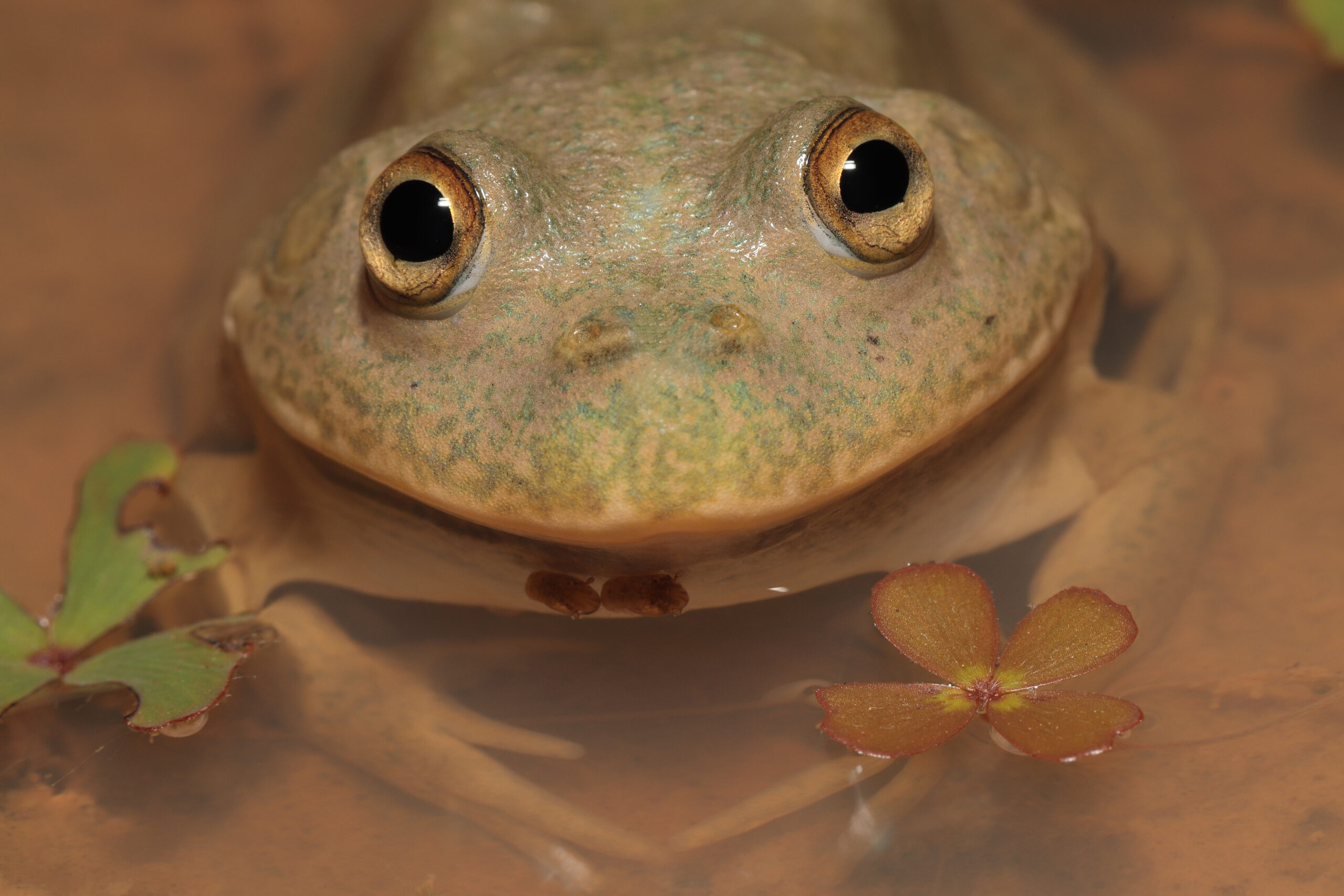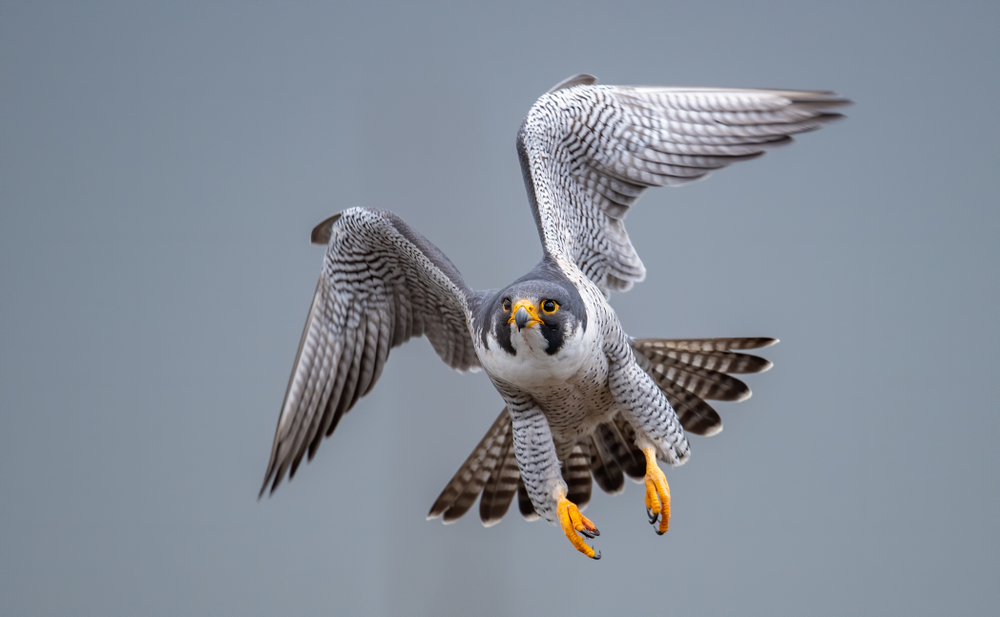| Common name | Numbat |
| Scientific name | Myrmecobius fasciatus |
| Type | Mammal |
| Diet | Termites |
| Average lifespan | Five years |
| Size | Up to 29cm long, plus a tail of 10–21cm; reaches a weight of 400–500g |
Most native Australian mammals are small, brown and either nocturnal – night active – or crepuscular – venturing out only in the dim light of dawn or dusk. Few species are active during full daylight.
But numbats, which are spectacularly coloured with red-grey fur marked by black-and-white bands, are diurnal – day active – and spend their nights sleeping in dens in tree hollows or burrows dug in the ground. They come out once termites – their main food – become active as the day warms up, at about mid-morning.
Numbats are so unusual they’re categorized in a family on their own. Their closest living relatives are native carnivorous marsupials, such as the quolls and Tasmanian devil. The now-extinct Tasmanian tiger, the thylacine, was also in that marsupial group.
Female numbats give birth to up to four babies at a time and like all marsupials they’re born tiny, furless and extremely underdeveloped. They spend their first months attached to teats in their mother’s pouch, which compared to most other marsupials is very rudimentary.
When the joeys become too big for their mother to carry, she digs a burrow, insulates it with barks and leaves, and leaves them there during the day while she leaves to forage for termites, returning to feed them at night.
A numbat needs to eat about 20,000 termites a day and laps up these insects using a long sticky tongue specially adapted for the purpose. At about 10cm, it’s almost half as long as a numbat’s body.
Birds of prey, which are visual hunters, are the main natural predators of adult numbats. But numbat stripes – a form of camouflage known as disruptive camouflage – make them hard to see in the scrubland and woodland habitats where they live. Joeys and sometimes adults are also taken by pythons, goannas, and chuditch (a marsupial carnivore). But the biggest threat to this stunning little marsupial is predation by introduced feral foxes and cats.
Numbats originally occurred right across southern Australia with populations in Western Australia, South Australia, New South Wales, Victoria, and the Northern Territory. But their numbers, decimated by foxes and cats, dropped so low late last century that the species came close to extinction twice. Now only two natural populations survive, both in WA. The species has also been reintroduced elsewhere in WA, as well as behind feral predator-proof fences in SA and NSW.








